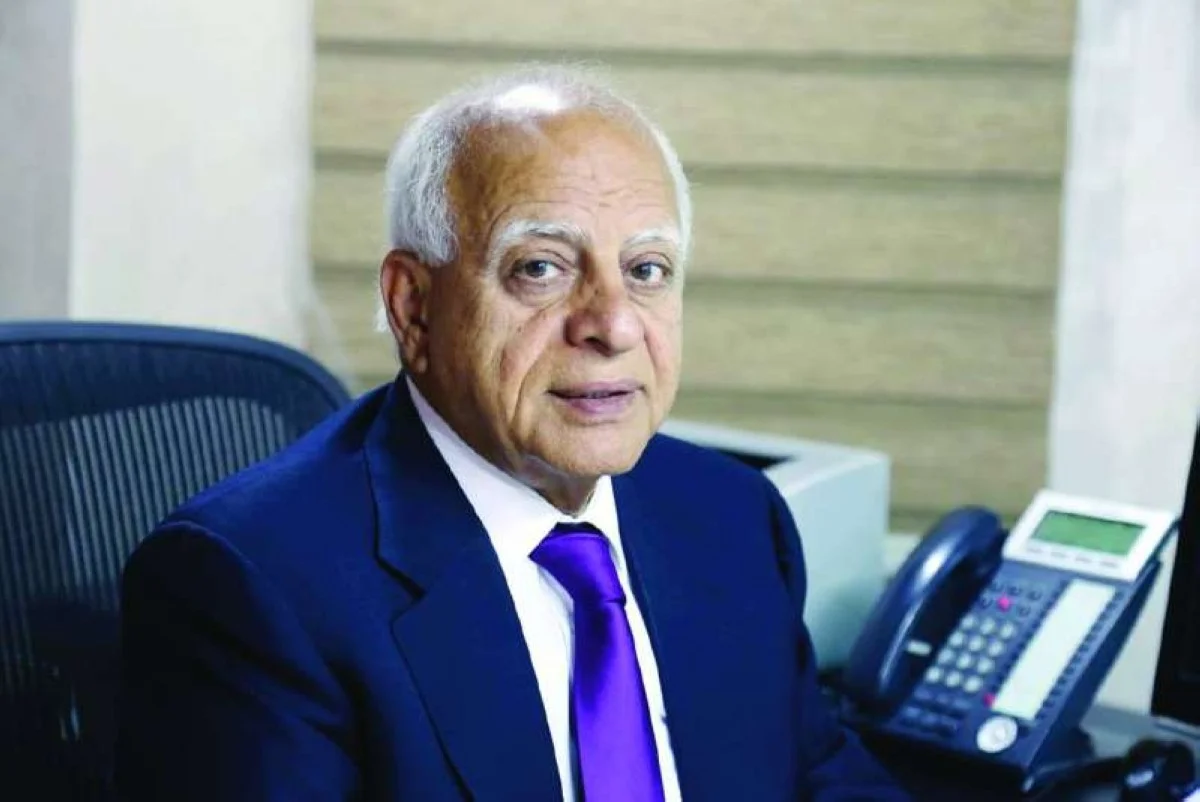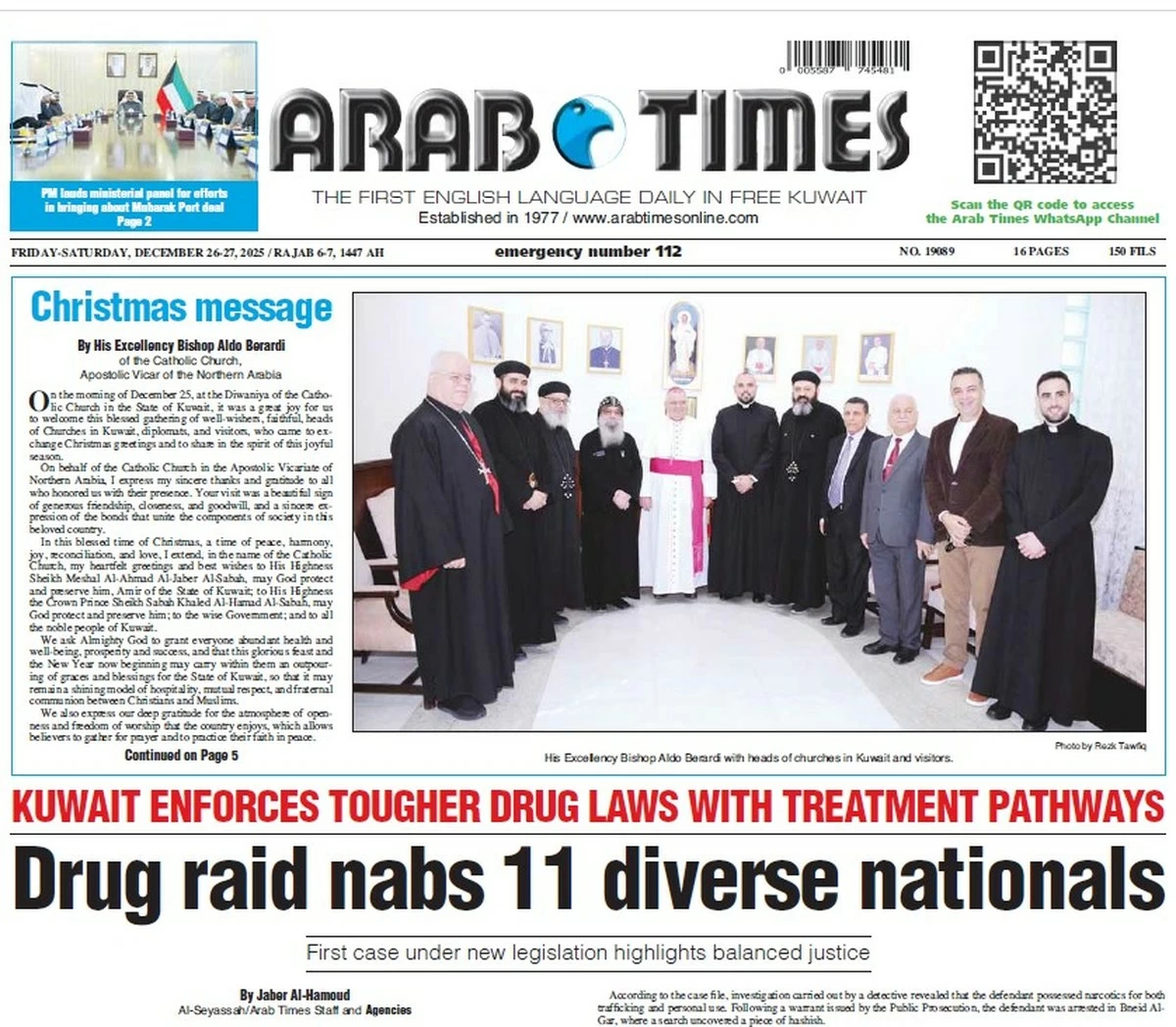21/09/2024
21/09/2024
The situation in India, marked by severe oppression and attacks on the Muslim minority -- and to a lesser extent, other minorities such as Christians -- is deeply troubling, especially given the apparent indifference of the Indian government.
However, I believe this is a temporary phase that will pass, as long as external forces do not interfere and fuel divisions. India’s rich heritage of tolerance, which spans thousands of years, will ultimately be the true test and will play a decisive role in preserving civil peace.
I have previously written about how my relationship with the Indian community spans more than seventy years. It was solidified in 1964 when I found myself working closely with them in banking, and later in 1989, when I established one of my most important business ventures alongside several Indian citizens from various religious backgrounds.
Over the years, as the company grew and I made frequent visits to India, these professional connections deepened into lasting friendships with a large group of Indians.
A few days ago, my employees informed me that they were preparing to celebrate Onam, a significant festival for the people of Kerala, which is also appreciated by others across India.
Onam is a rice harvest festival and a beautiful annual occasion that holds cultural importance. It symbolizes the return of King Mahabali to his former kingdom once a year, according to the ancient Indian calendar. Typically, Onam is celebrated between August and September and dates back to the third century AD.
During the celebrations, homes are adorned with yellow and red roses, and the festivities span eight days. People wear new clothes, with men donning a white loincloth and women wearing the traditional Kerala saree.
The celebrations include various competitions, dances, and vibrant banquets. Food plays a central role, with nine different types of dishes served on wide green banana leaves to tens of thousands of people.
In hotels and temples, the variety of curries offered can reach up to 30 types. As the saying goes, everyone must have an “Onam” lunch, even before going to sleep. It’s also customary during this time to replace all crockery with new ones, marking the fresh start symbolized by the festival.
The Indian employees of the company were delighted when I accepted their invitation to join in the Onam celebration, and they politely requested that I wear a traditional loincloth, which I gladly did.
Upon entering the venue, I was immediately struck by the pure, spontaneous joy on everyone’s faces -- about a hundred people in total. Their happiness grew even more as I participated in the special Kerala lunch.
The event began with a beautiful ceremony where we stood in front of a small fire, placed near a carefully drawn circle on the ground, decorated with flower petals and vibrant roses, while we took souvenir photos.
I offered to cover the cost of the food for this wonderful occasion, but they informed me that the company manager, a Bohra, had already promised to pay before leaving on a business trip.
They also mentioned that the restaurant providing the Kerala cuisine was owned by a Sunni Muslim, and the food had been delivered by a Christian driver from Bombay.
I was truly moved by the spirit of the celebration, which was held in a modest space, free from any animosity or prejudice, and full of love and selflessness.
I couldn’t help but wish we had a bit more of their tolerance, where people come together harmoniously, regardless of cultural, religious, or sectarian differences.
That day, I witnessed the pinnacle of tolerance and the beauty of human coexistence. I saw the greatness of India, a nation that I am confident will soon return to being a safe haven for all its people.
e-mail: [email protected]



